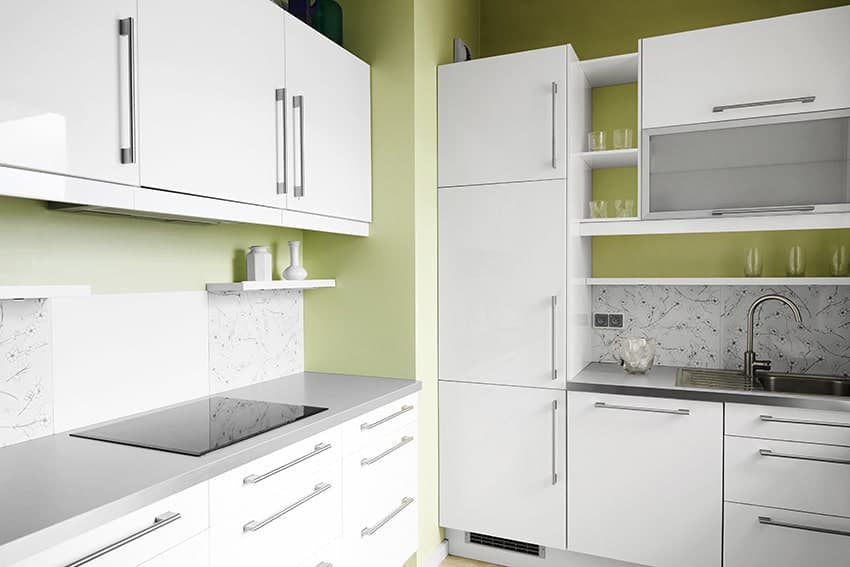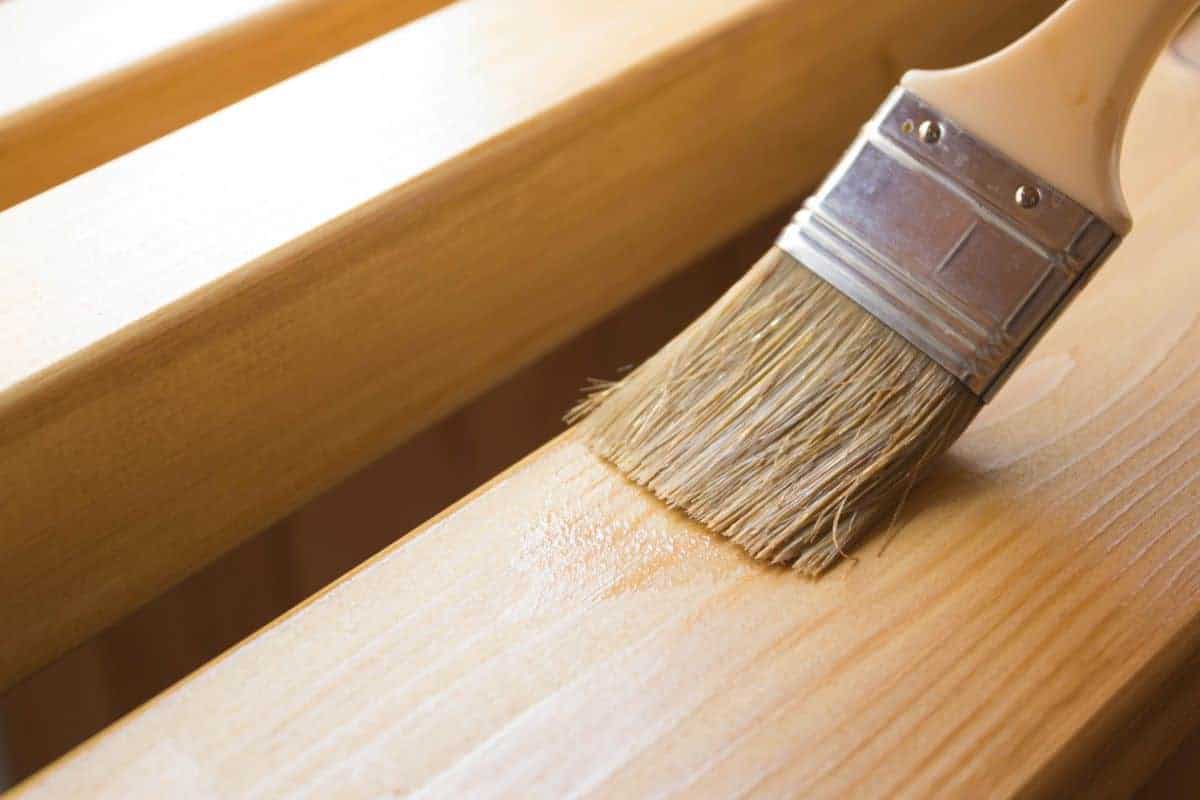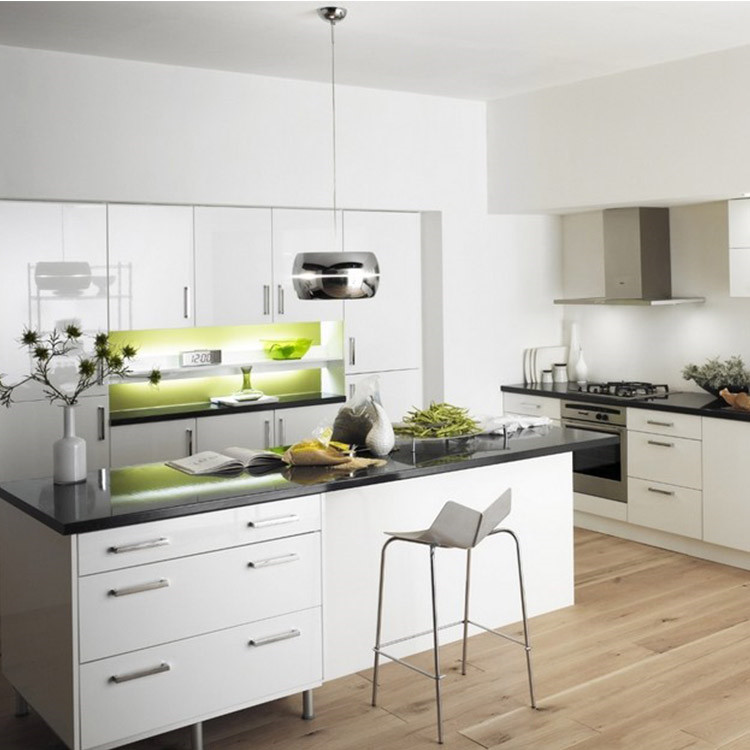Benefits of Clear Coat for Kitchen Cabinets

A clear coat is a protective layer applied over the surface of kitchen cabinets, enhancing their durability, aesthetics, and lifespan. It acts as a shield against everyday wear and tear, preserving the natural beauty of the wood and adding a touch of elegance.
Enhanced Durability
A clear coat significantly increases the durability of kitchen cabinets, making them more resistant to scratches, dents, and abrasions. This is particularly beneficial in high-traffic areas like kitchens, where cabinets are constantly exposed to bumps and spills.
Protection Against Stains and Spills
Clear coats create a barrier that repels stains and spills, preventing them from penetrating the wood surface. This protection is crucial in kitchens, where spills and splatters are common occurrences. The clear coat ensures that the cabinets remain pristine and easy to clean.
Improved Aesthetic Appeal
Clear coats enhance the natural beauty of wood cabinets by highlighting their grain patterns and adding a subtle shine. They create a smooth, glossy finish that enhances the overall appearance of the kitchen, making it more inviting and sophisticated.
Preservation of Natural Beauty
Clear coats are designed to protect the natural beauty of wood cabinets. Unlike paint or stain, which can obscure the wood’s grain and texture, clear coats allow the wood’s natural beauty to shine through. This makes them an ideal choice for homeowners who want to preserve the authentic character of their cabinets.
Extended Lifespan
By protecting cabinets from damage and wear, clear coats extend their lifespan. They prevent the wood from becoming dull, discolored, or damaged, ensuring that the cabinets remain beautiful and functional for years to come.
Comparison to Other Finishes
Clear coats offer several advantages over other types of finishes, such as paint or stain. While paint can hide imperfections and provide a uniform color, it can also obscure the natural beauty of the wood. Stain, on the other hand, can enhance the wood’s grain but can be susceptible to scratches and spills. Clear coats offer the best of both worlds, providing protection while preserving the natural beauty of the wood.
Types of Clear Coats for Kitchen Cabinets

When it comes to protecting and enhancing the beauty of your kitchen cabinets, choosing the right clear coat is crucial. Different types of clear coats offer varying levels of durability, ease of application, and cost, making it essential to understand their characteristics to select the best option for your needs.
Polyurethane Clear Coat
Polyurethane clear coats are renowned for their exceptional durability and resistance to scratches, abrasions, and water damage. This makes them an ideal choice for high-traffic areas like kitchens, where cabinets are exposed to frequent use and potential spills.
- Pros:
- High durability and scratch resistance.
- Excellent water resistance, protecting against spills and moisture.
- Available in both oil-based and water-based formulas, offering flexibility in application and drying time.
- Cons:
- Oil-based polyurethane can have a strong odor and require longer drying times.
- May yellow over time, especially when exposed to sunlight.
- Can be more challenging to apply evenly, requiring experience for optimal results.
Acrylic Clear Coat
Acrylic clear coats are a popular choice for their versatility and ease of application. They offer a good balance of durability, water resistance, and affordability, making them suitable for various kitchen cabinet finishes.
- Pros:
- Generally easier to apply than polyurethane, with a faster drying time.
- Water-based acrylics are low-odor and environmentally friendly.
- Available in various finishes, including gloss, satin, and matte, allowing for customization.
- Cons:
- Less durable than polyurethane, susceptible to scratches and abrasions.
- May not offer the same level of water resistance as polyurethane.
- Can be prone to yellowing over time, especially when exposed to UV rays.
Epoxy Clear Coat
Epoxy clear coats are known for their exceptional durability and resistance to chemicals, making them suitable for areas where cabinets are exposed to harsh substances. However, they are less common for kitchen cabinets due to their challenging application process.
- Pros:
- Extremely durable and resistant to scratches, abrasions, and chemicals.
- Excellent water resistance and moisture barrier.
- Can create a smooth, glossy finish.
- Cons:
- Difficult to apply evenly and requires specialized techniques.
- Can be prone to air bubbles and imperfections if not applied correctly.
- Has a limited working time, requiring quick and precise application.
Applying Clear Coat to Kitchen Cabinets: Clear Coat For Kitchen Cabinets

Applying clear coat to kitchen cabinets is a process that requires careful preparation, proper application techniques, and sufficient drying time. It is a rewarding experience that can significantly enhance the look and durability of your kitchen cabinets.
Preparing the Cabinets
Preparing the cabinets is crucial for a smooth, even finish. This involves sanding, cleaning, and masking.
- Sanding: Sand the cabinets with fine-grit sandpaper to create a smooth surface. This helps the clear coat adhere properly and prevents imperfections from showing through. Start with 120-grit sandpaper, followed by 220-grit, and finish with 400-grit for a very smooth surface. Be sure to sand in the direction of the wood grain.
- Cleaning: After sanding, thoroughly clean the cabinets with a tack cloth or a damp cloth to remove dust and debris. This ensures a clean surface for the clear coat to adhere to.
- Masking: Mask off any areas you don’t want to be coated, such as hardware, hinges, and drawer pulls. Use painter’s tape for precise masking and ensure it is firmly attached to the surface.
Applying the Clear Coat
Applying the clear coat is a delicate process that requires a steady hand and the right technique.
- Applying the First Coat: Apply the clear coat in thin, even coats. Start by applying a thin coat to the entire surface. Use a brush, roller, or spray gun, depending on your preference and the size of the cabinets. Allow the first coat to dry completely before applying the next.
- Applying Subsequent Coats: Apply additional coats as needed, allowing each coat to dry completely before applying the next. The number of coats will depend on the desired level of protection and the type of clear coat used. Two to three coats are generally sufficient for most applications.
- Drying Time: Allow each coat of clear coat to dry completely before applying the next. The drying time will vary depending on the type of clear coat used and the temperature and humidity of the environment. Refer to the manufacturer’s instructions for the recommended drying time.
Tips and Techniques for Achieving a Smooth Finish, Clear coat for kitchen cabinets
Achieving a smooth, even finish is essential for a professional look. Here are some tips and techniques to keep in mind:
- Use a High-Quality Clear Coat: Using a high-quality clear coat is essential for a durable and long-lasting finish. Look for clear coats that are specifically designed for kitchen cabinets and offer good UV protection.
- Apply Thin Coats: Applying thin coats of clear coat is crucial for avoiding runs and drips. Thin coats also allow for better penetration and adhesion.
- Sand Between Coats: Sanding between coats helps to smooth out any imperfections and create a smoother, more even finish. Use fine-grit sandpaper (400-grit or higher) to lightly sand the surface before applying the next coat.
- Use a Tack Cloth: Use a tack cloth to remove dust and debris before applying each coat of clear coat. This ensures a clean surface and prevents imperfections from showing through.
- Work in a Well-Ventilated Area: Clear coat fumes can be harmful, so it’s essential to work in a well-ventilated area. Wear a respirator mask to protect yourself from inhaling fumes.
- Avoid Direct Sunlight: Direct sunlight can cause the clear coat to cure too quickly, leading to imperfections. Apply the clear coat in a shaded area or wait for the sun to set.
Common Problems and Solutions
Here is a table summarizing common problems encountered during clear coat application and their solutions:
| Problem | Solution |
|---|---|
| Runs and drips | Apply thin coats, use a good-quality brush or roller, and avoid applying too much pressure. |
| Uneven finish | Sand between coats, use a tack cloth to remove dust, and ensure the surface is clean before applying each coat. |
| Orange peel effect | Apply thin coats, use a good-quality brush or roller, and avoid applying too much pressure. |
| Dust nibs | Work in a clean environment, use a tack cloth to remove dust, and avoid applying the clear coat in windy conditions. |
A clear coat for kitchen cabinets offers a sleek, modern finish that protects against scratches and stains. However, maximizing your kitchen’s functionality goes beyond the surface. Consider incorporating under cabinet shelves to create additional storage space for spices, utensils, and other frequently used items.
This practical addition complements the polished look of a clear coat, creating a kitchen that’s both stylish and efficient.
A clear coat can do wonders for kitchen cabinets, adding a layer of protection and enhancing their natural beauty. However, the placement of windows above kitchen cabinets can significantly impact the overall aesthetic, as well as the functionality of the space.
Windows above kitchen cabinets can bring in natural light and offer stunning views, but they also require careful consideration in terms of placement and size to avoid obstructing cabinet doors or creating glare. Ultimately, both the clear coat and the window placement contribute to the overall design and functionality of the kitchen, creating a harmonious and inviting space.
